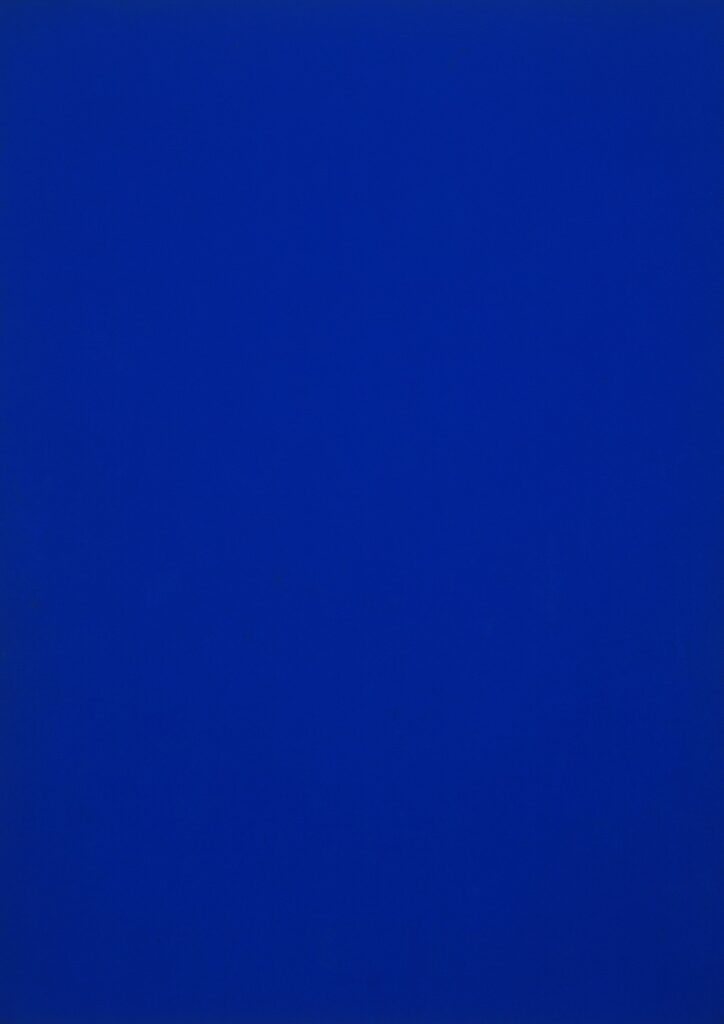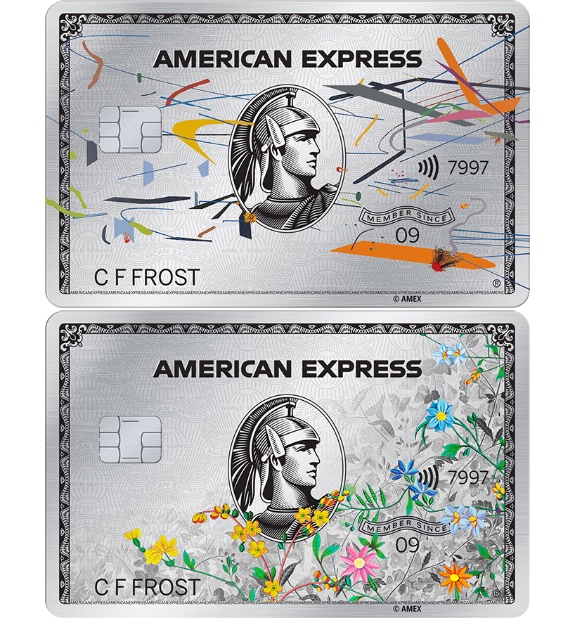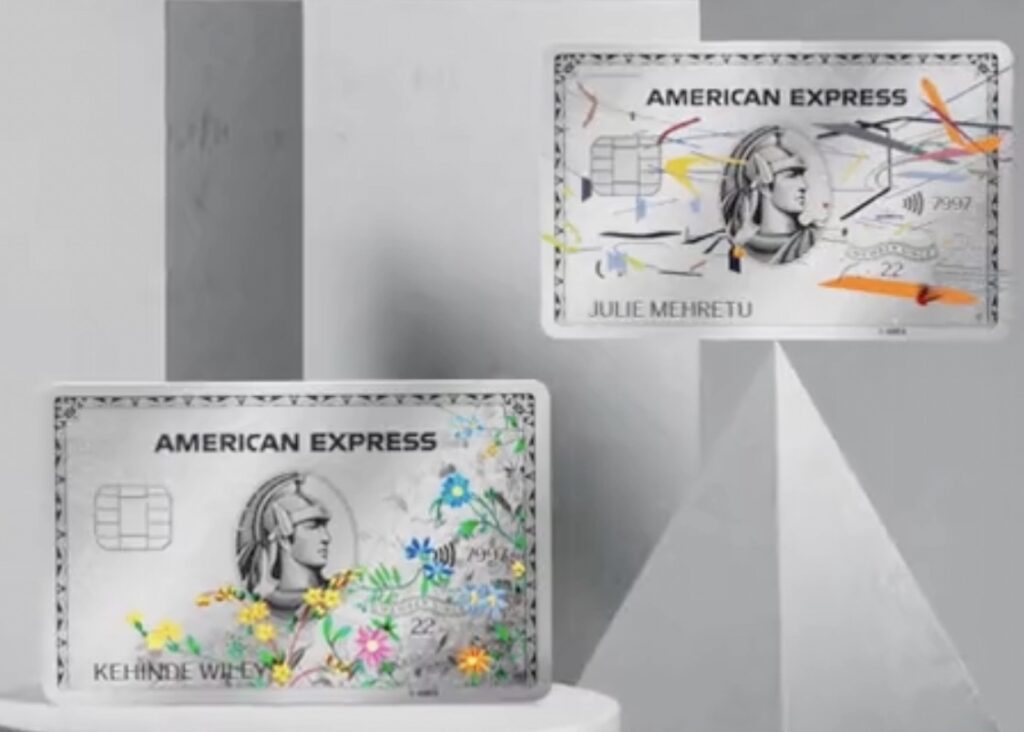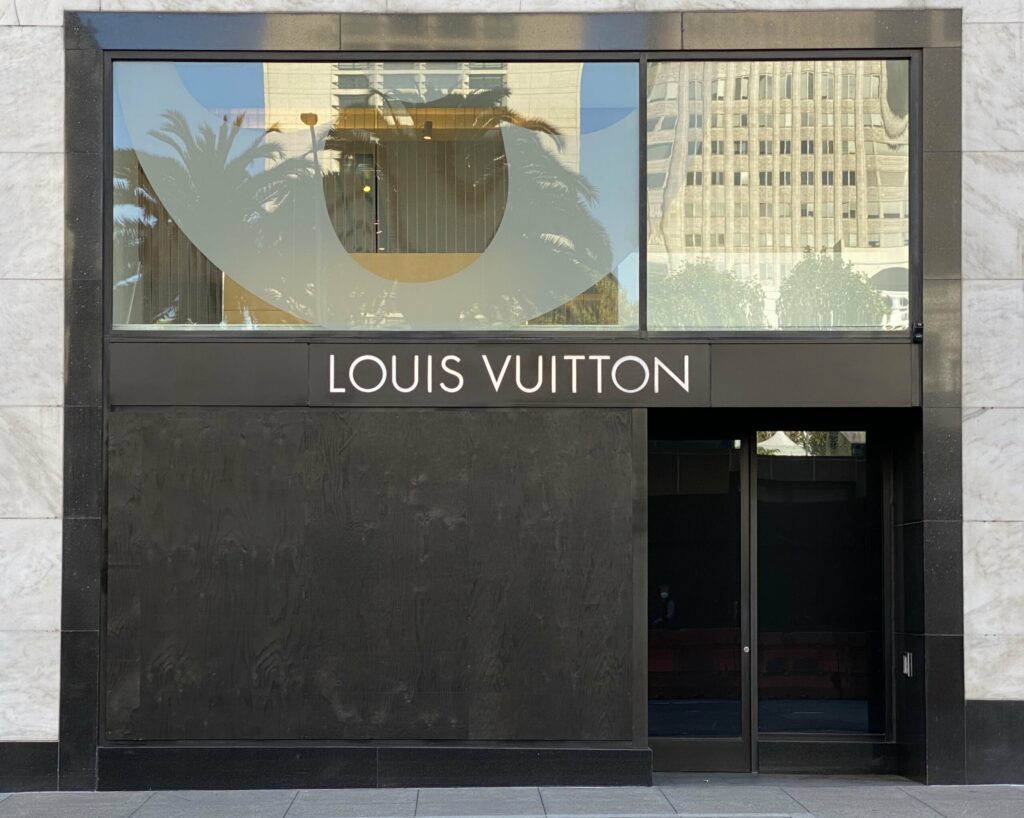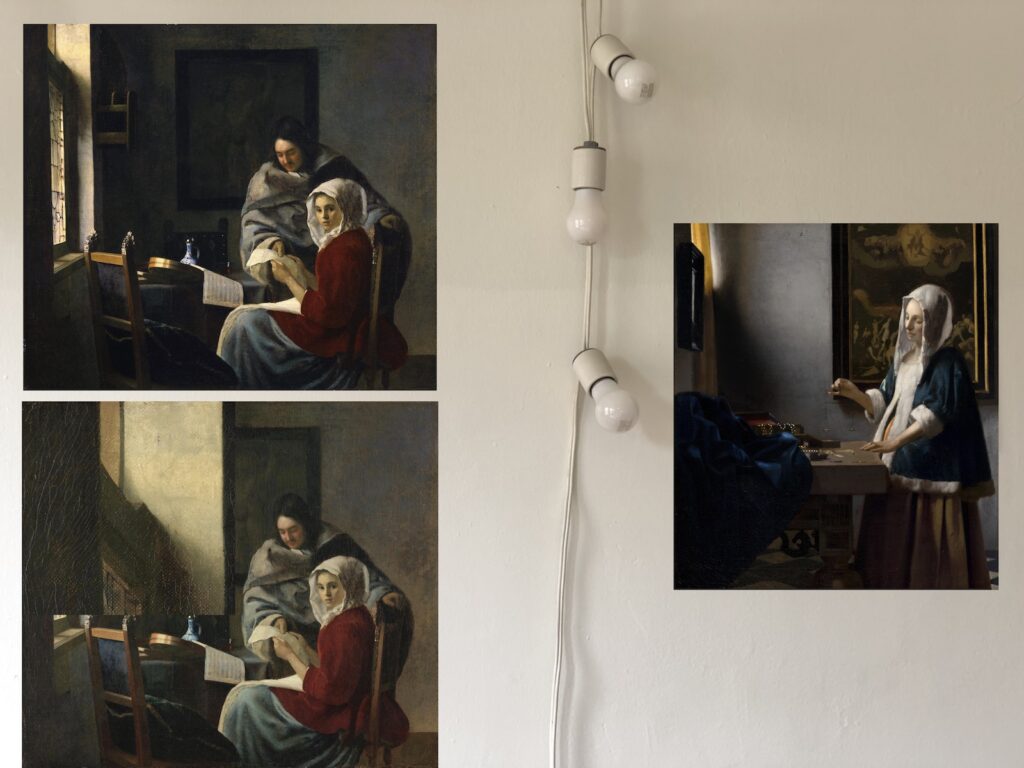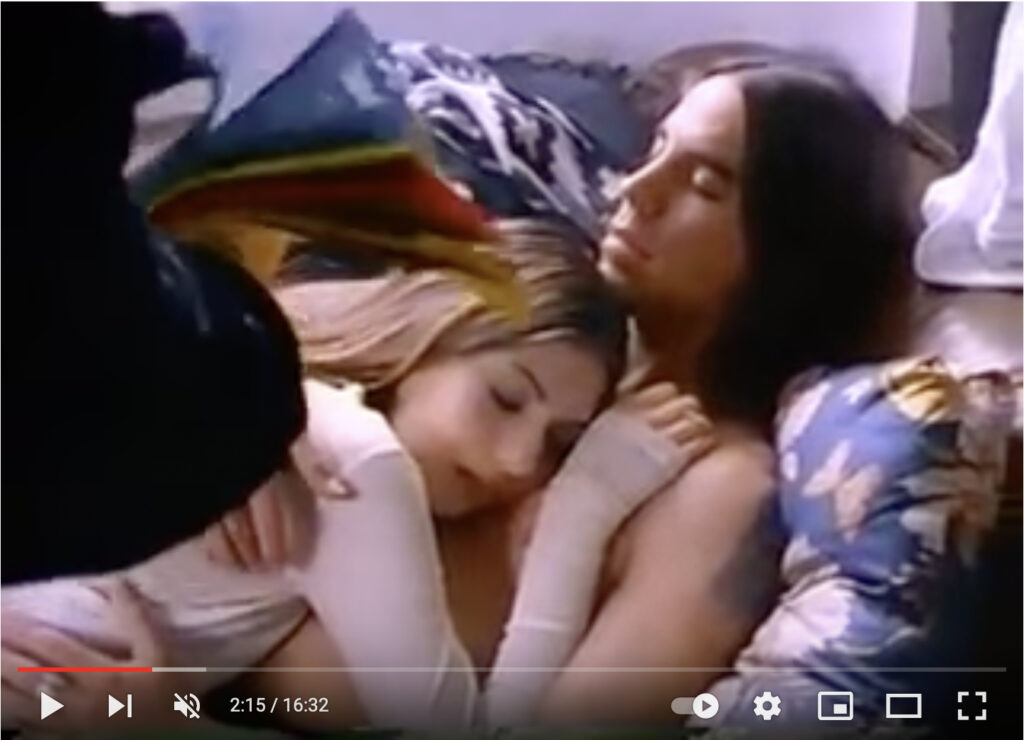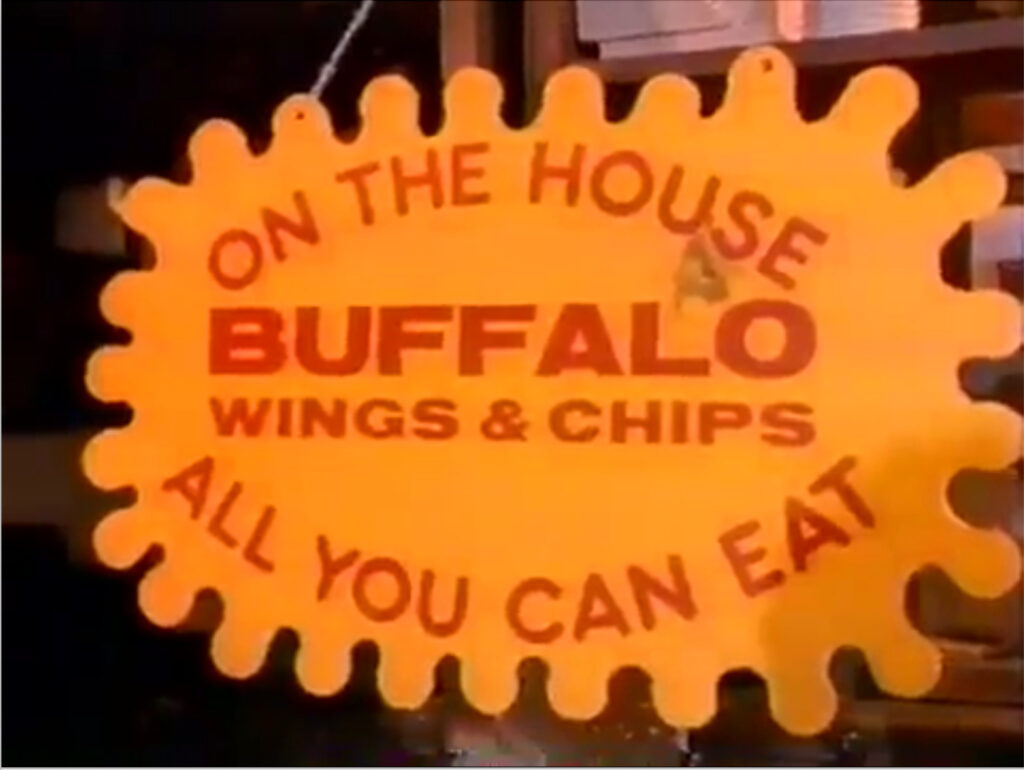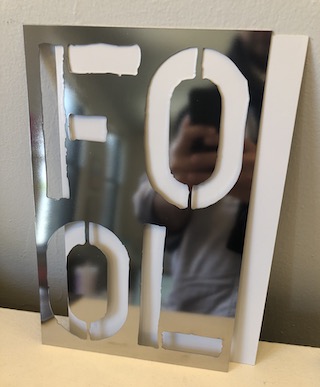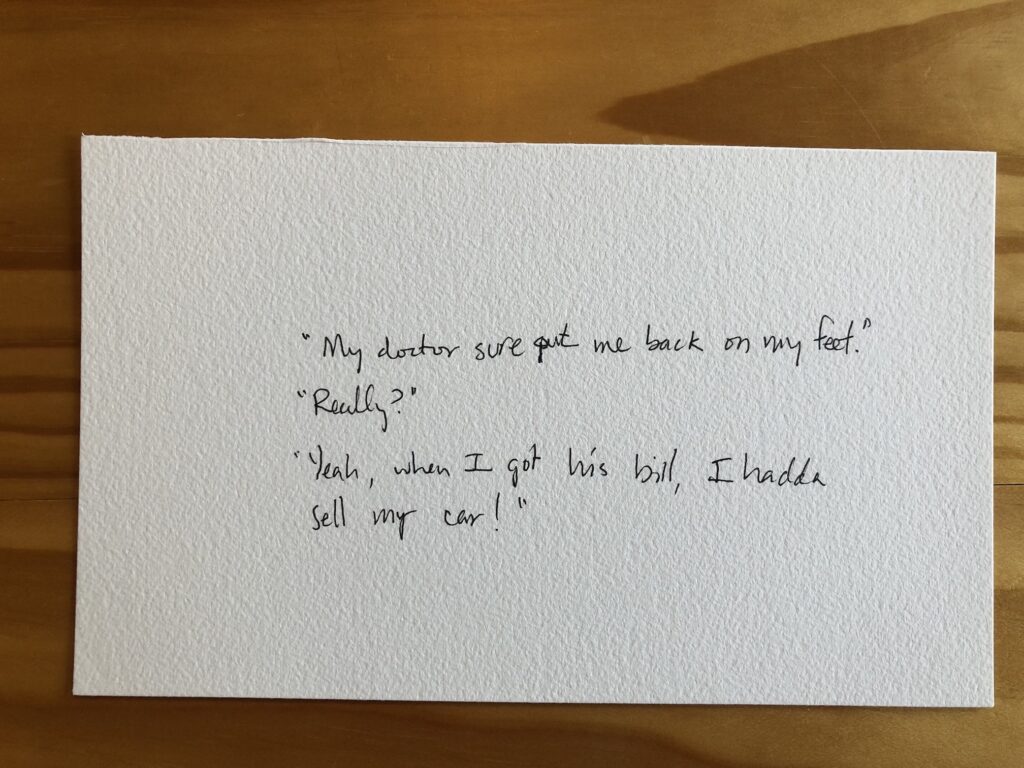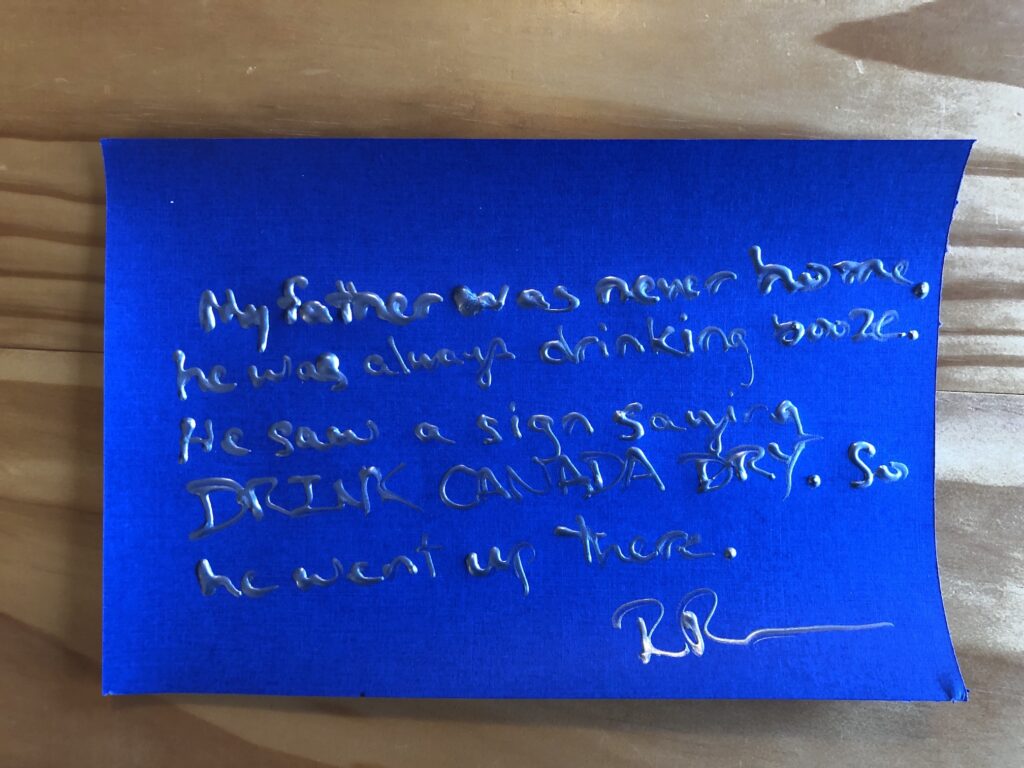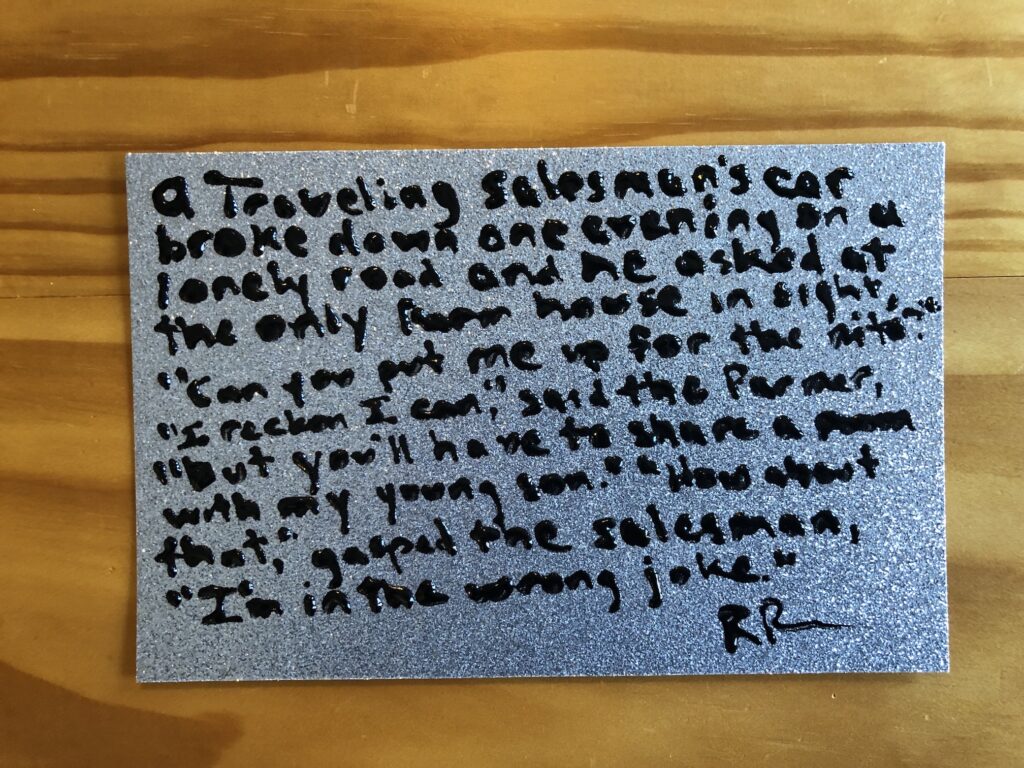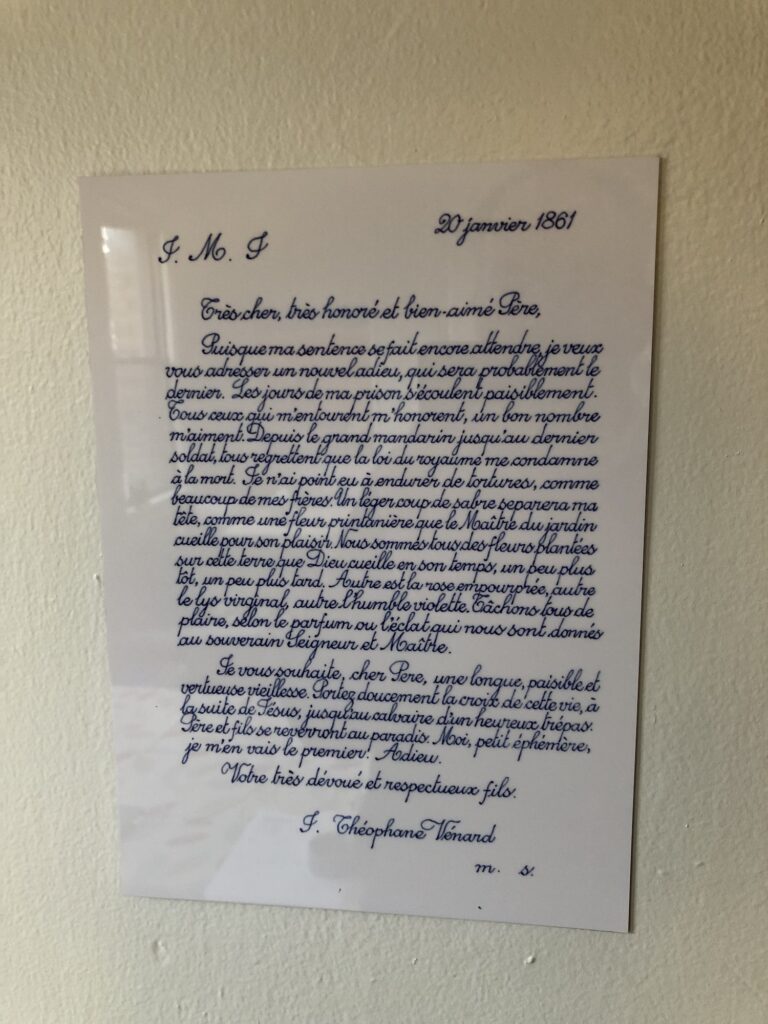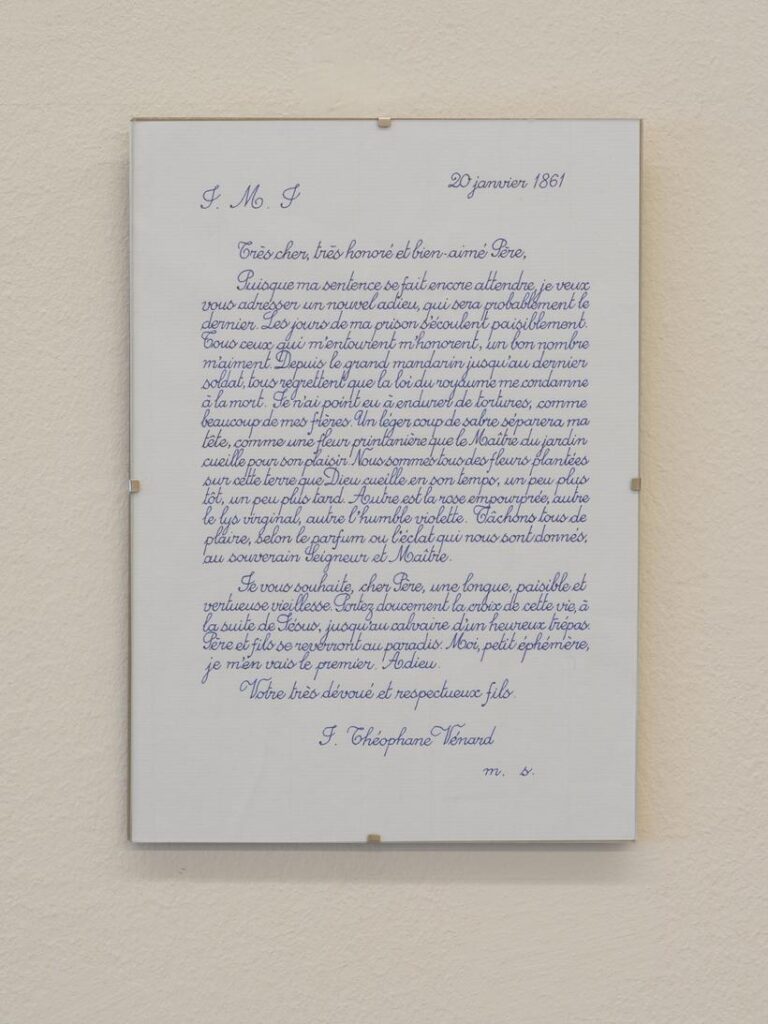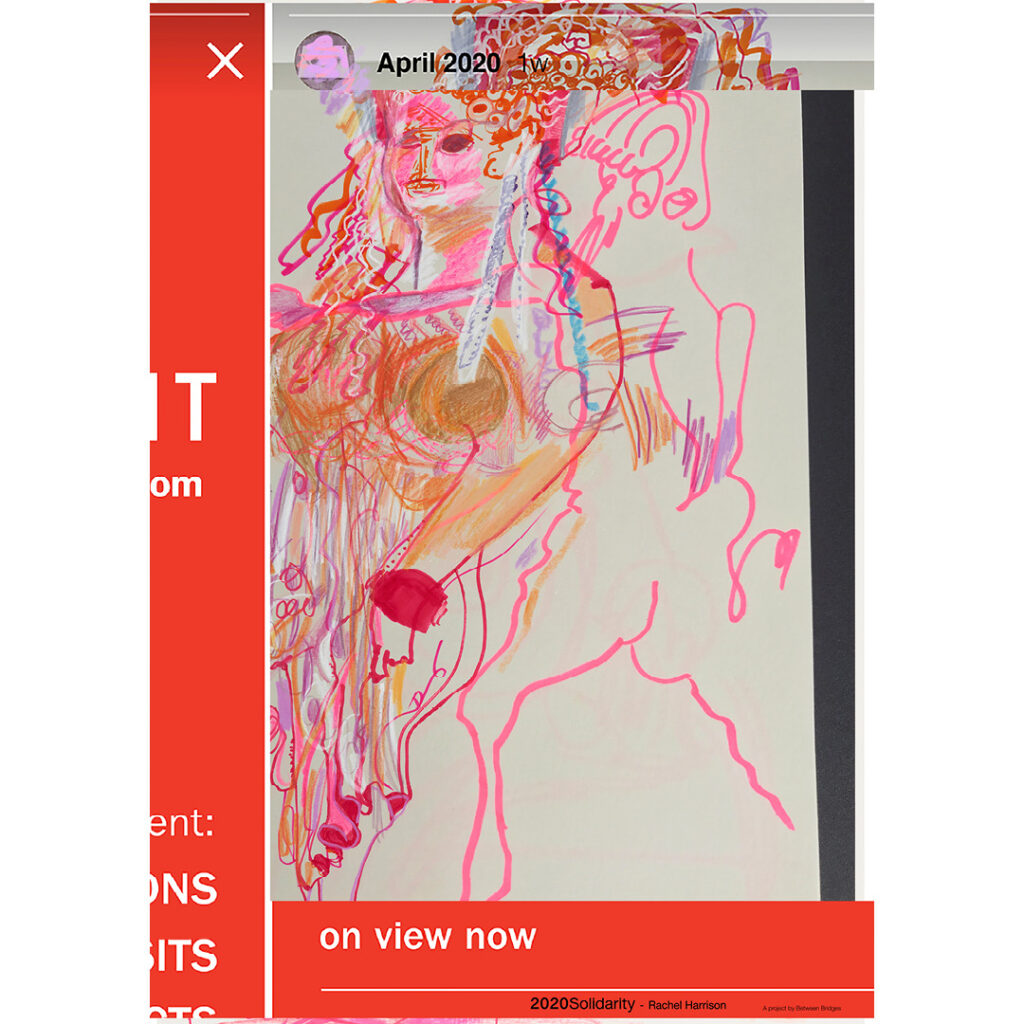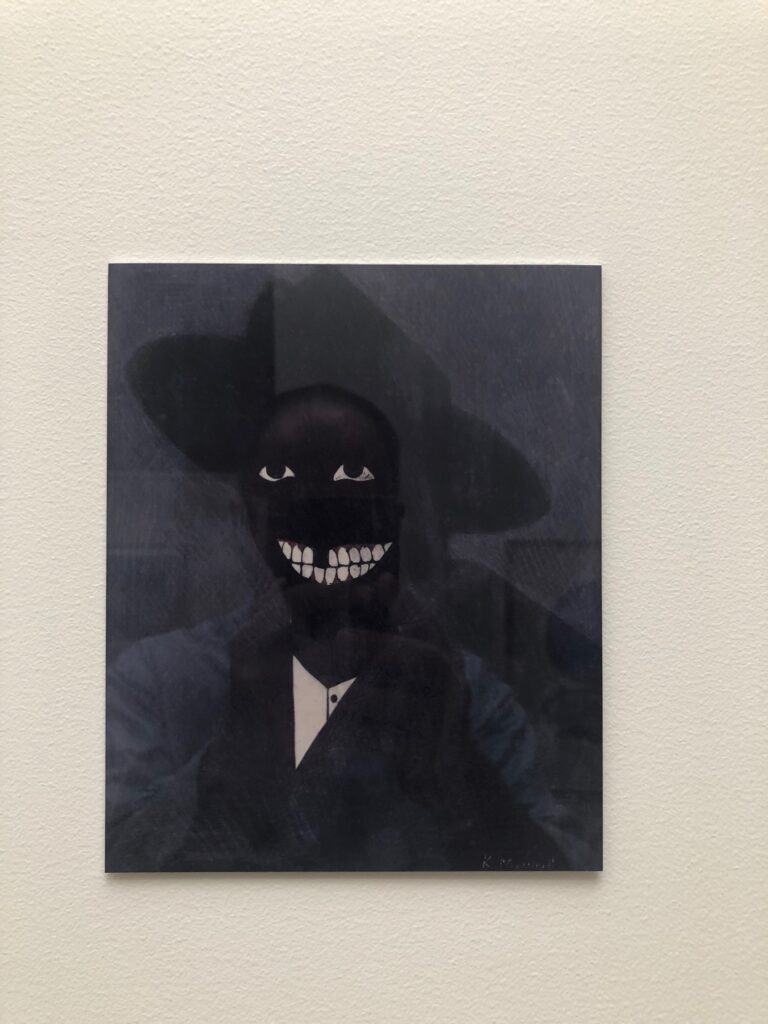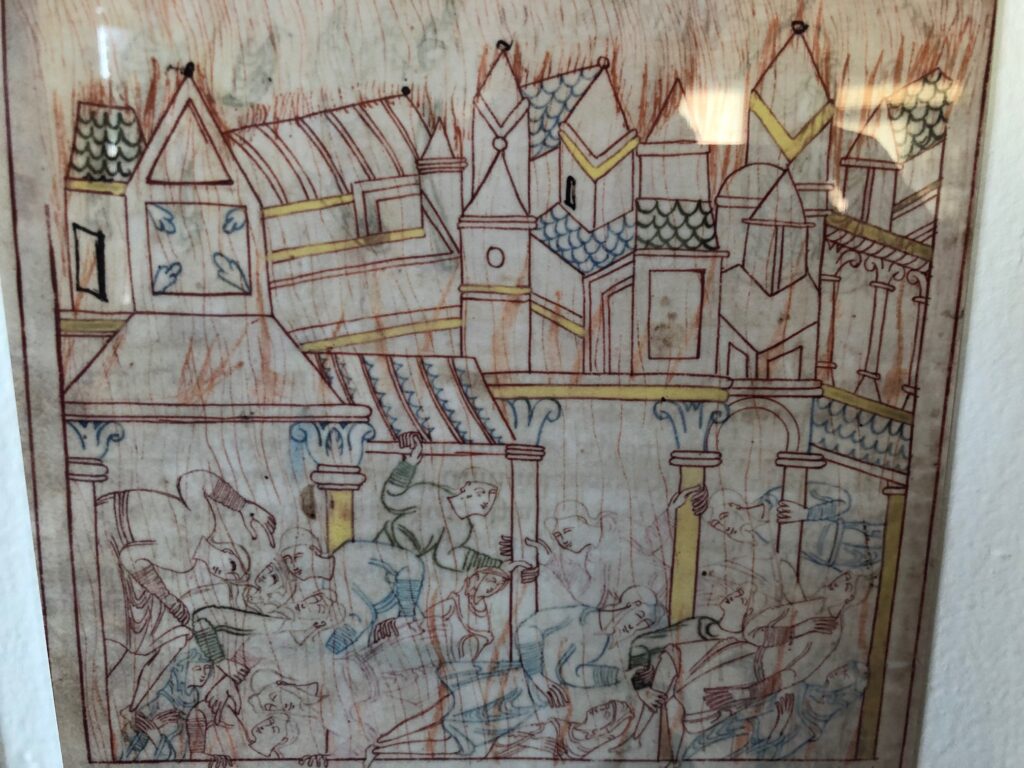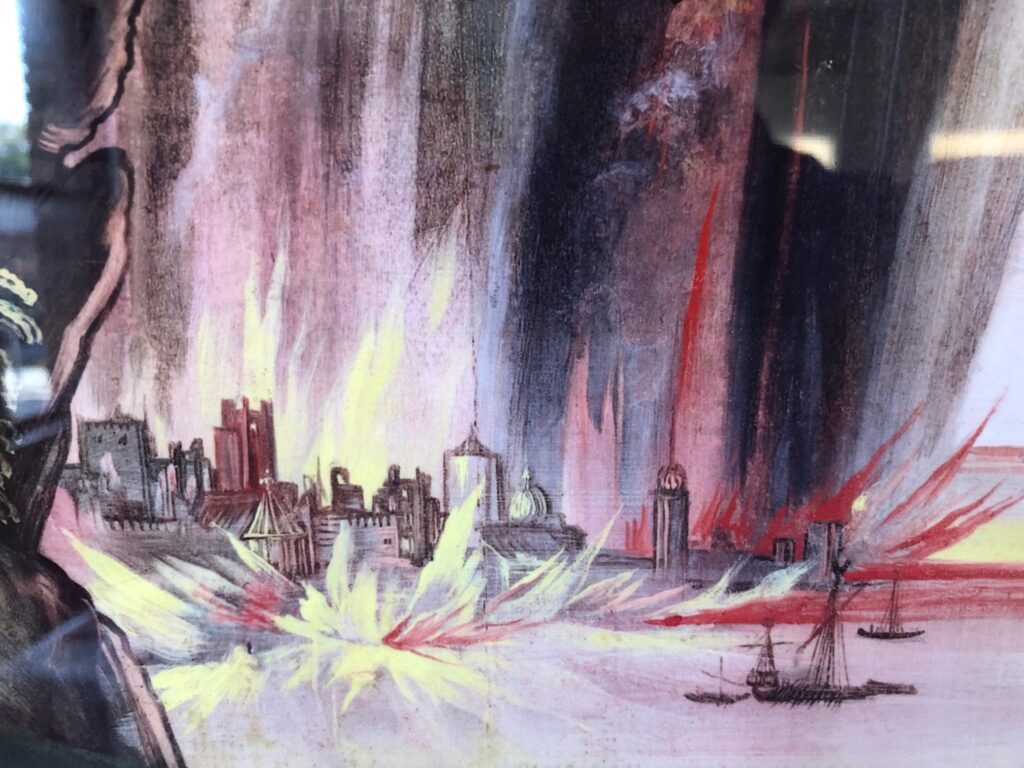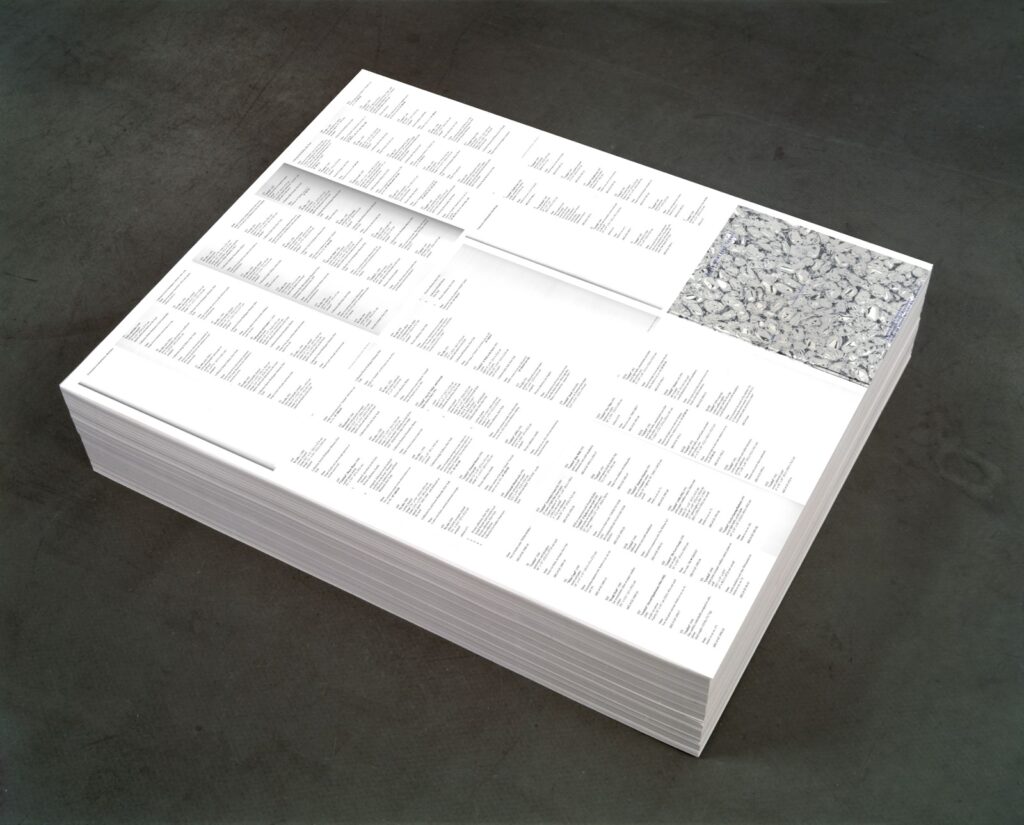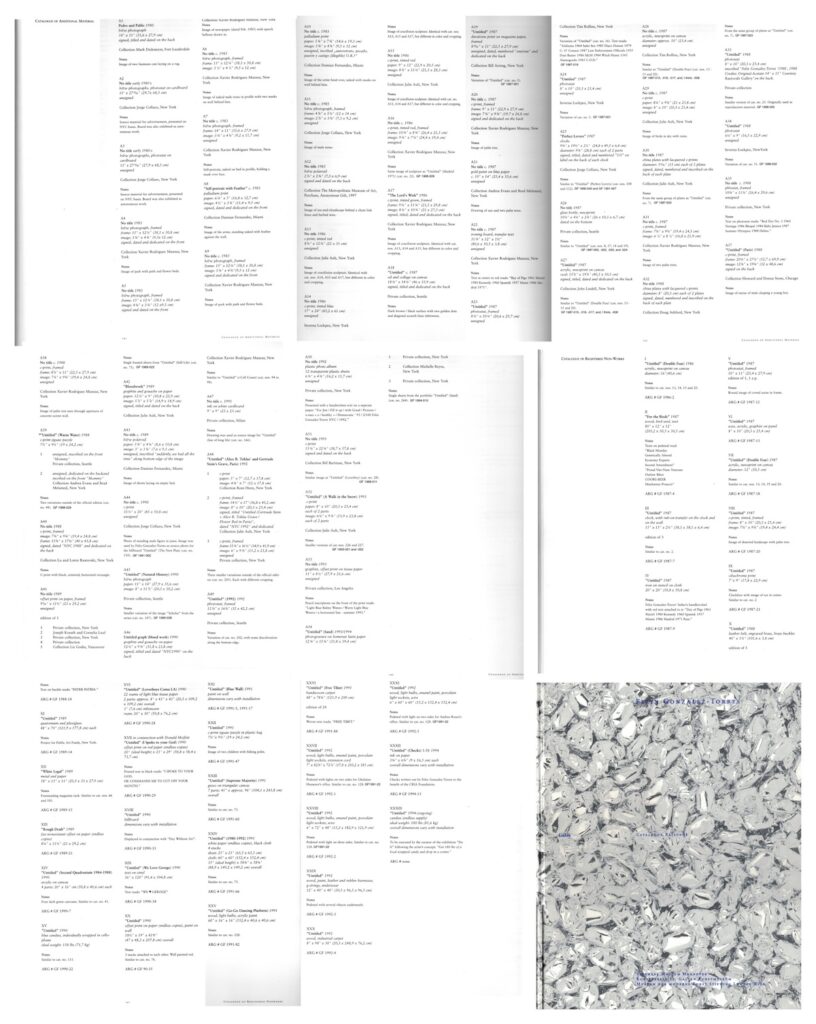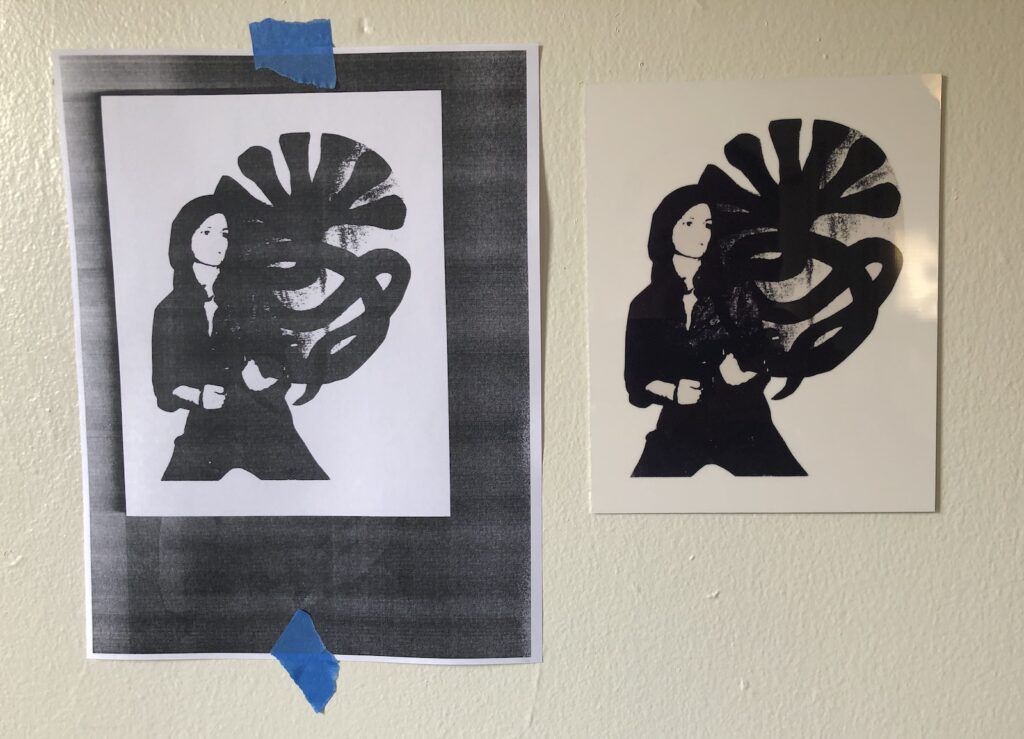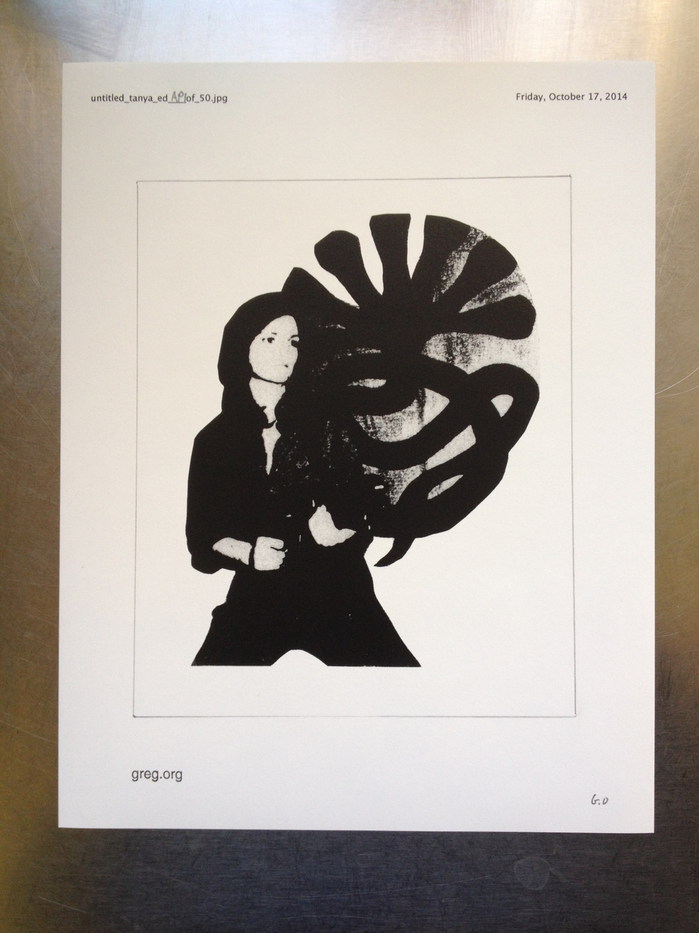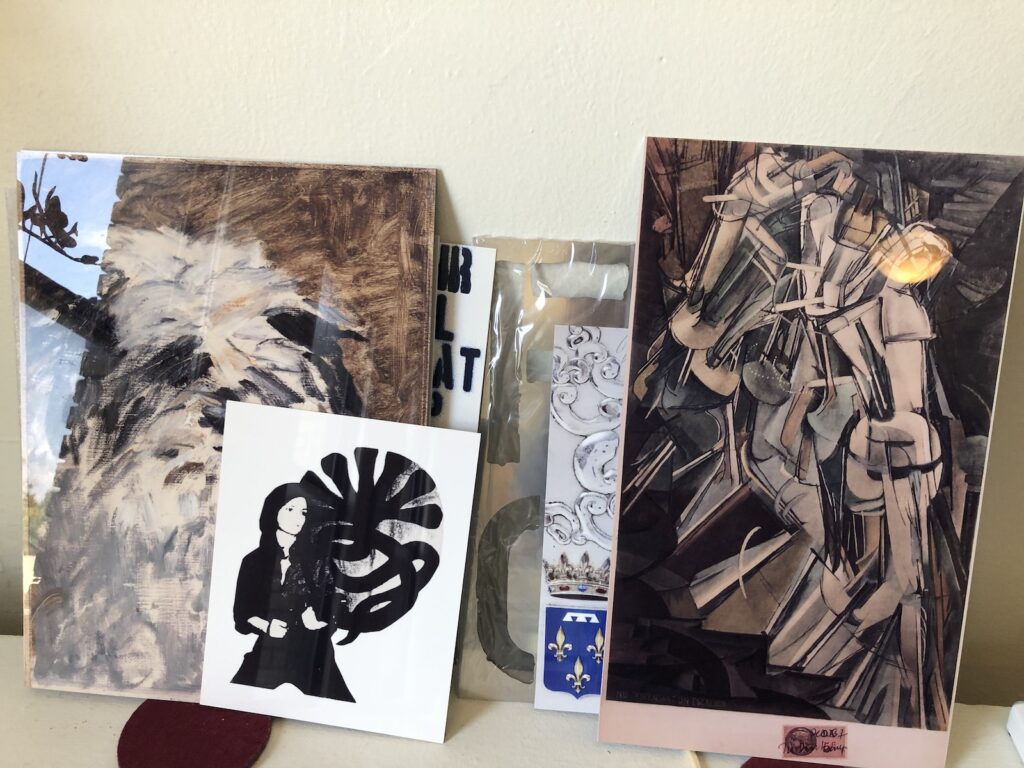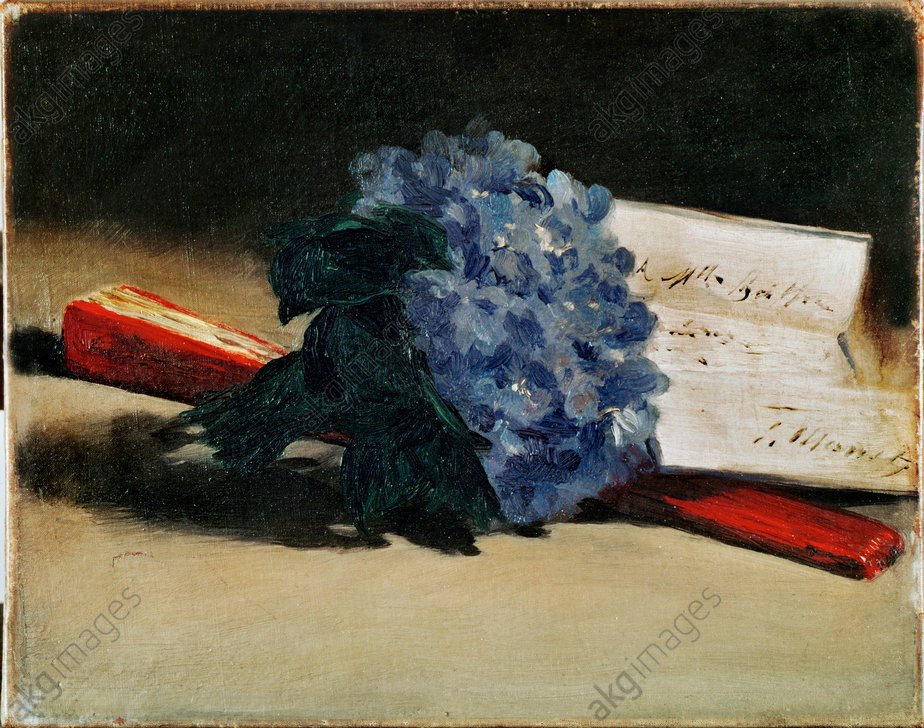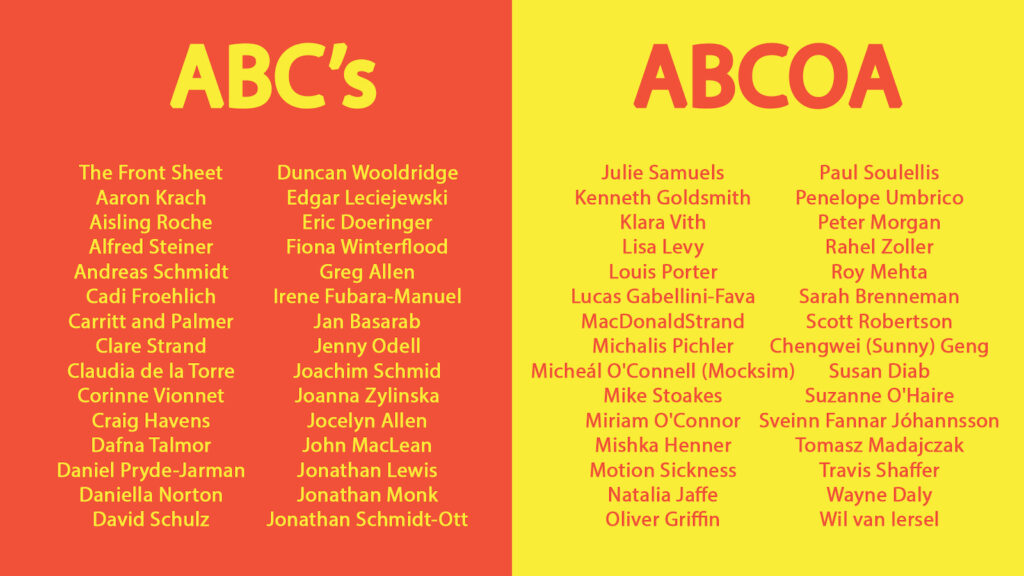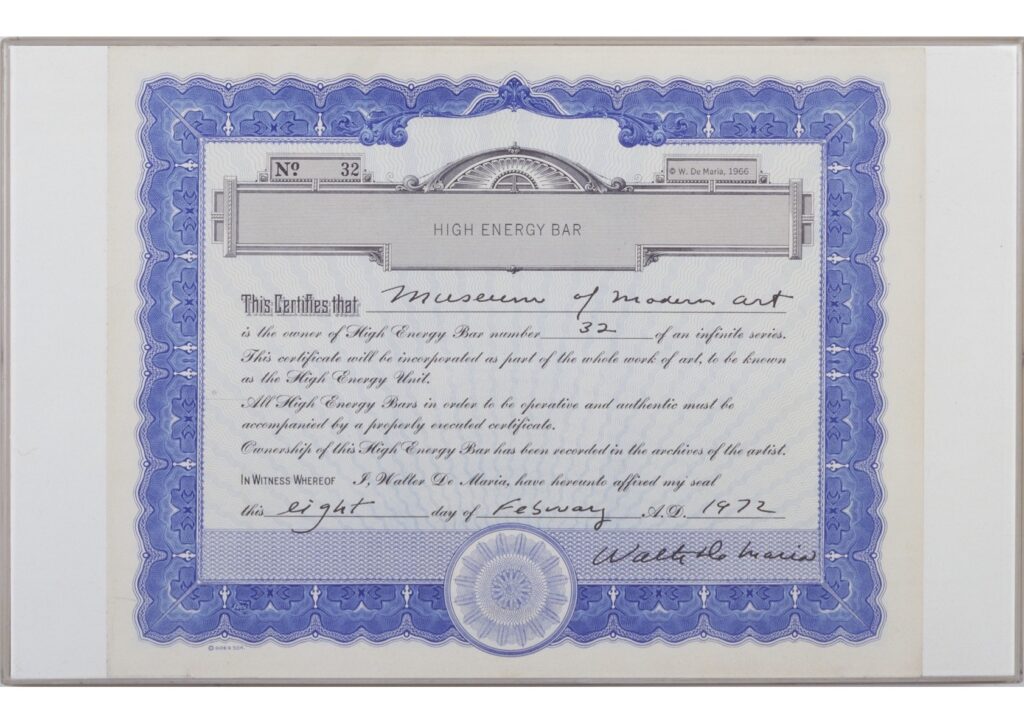
I cannot emphasize enough how much I did not imagine being at this point in the Facsimile Object universe. An Albrecht Dürer exhibition opened in London at the National Gallery, just as an Omicron tsunami crashes around the world.
I mean, by the museums in Germany and the UK reopened last May, and the Dürer Facsimile Objects in that first diptych were discontinued, I did bleakly anticipate their related Dürers might become unvisitable in person again. I was also naively relieved to not be in the business of selling Tastily Painted Destruction of Sodom and Gomorrah pictures. And here we are.
What I did not anticipate, however, was that at a moment when travel restrictions were returning, the National Gallery would title its new Dürer show, “The Credit Suisse Exhibition: Dürer’s Journeys.” And I definitely did not imagine that they’d promote the show using a literal diptych of verso paintings. Why, just look at A Heavenly Body[? A Heavenly Vision?], on the back of the National Gallery (London)’s own St. Jerome; and the Lot and His Daughters painted on the back of National Gallery (DC)’s Haller Madonna, together at the very center of the awkward and weirdly empty exhibition photo up top. We’ve come a long way, and yet we have not.
The thing I’m most appalled by, though, is that despite a 60% jump in COVID case levels since I started *writing* this post, to the highest levels of the entire pandemic, and 10x even New York’s current spike, it appears that the Her Majesty’s Government is dragging their feet on issuing any restrictions, for fear of what impact a negative public reaction might have on Boris Johnson’s hold on power.

So while previous Facsimile Objects mitigated art encounters you couldn’t have, this new Dürer Diptych based on the National Gallery’s exhibit is meant as a hedge for an experience you shouldn’t have, at least right now. And so, The Credit Suisse Dürer Diptych: Dürer Facsimile Object (D1) A Heavenly Vision is available along with Dürer Facsimile Object (D3.38), The Destruction of Sodom and Gomorrah, a full-size detail of 38% of the original painting, conceptualized last spring when the NGA reopened, that focuses on the painterly joys of fire, brimstone, vegetation, and that brushy, little black pillar of salt that used to be Lot’s wife.

If you think about it, a fiery meteorite crashing to earth and sulfur and fire raining down from heaven go together quite nicely; the apocalyptic symmetry was surely not lost on a young Dürer who, with the year 1500 fast approaching, was already thinking about the end of the world.

[For those who really, really need the full image to stand in front of, try one of the Lot and Daughters Flee The Destruction of Sodom and Gommorah tea towels in the National Gallery shoppe. They’re not to scale and out of stock, but I’m sure they’ll be back soon.]
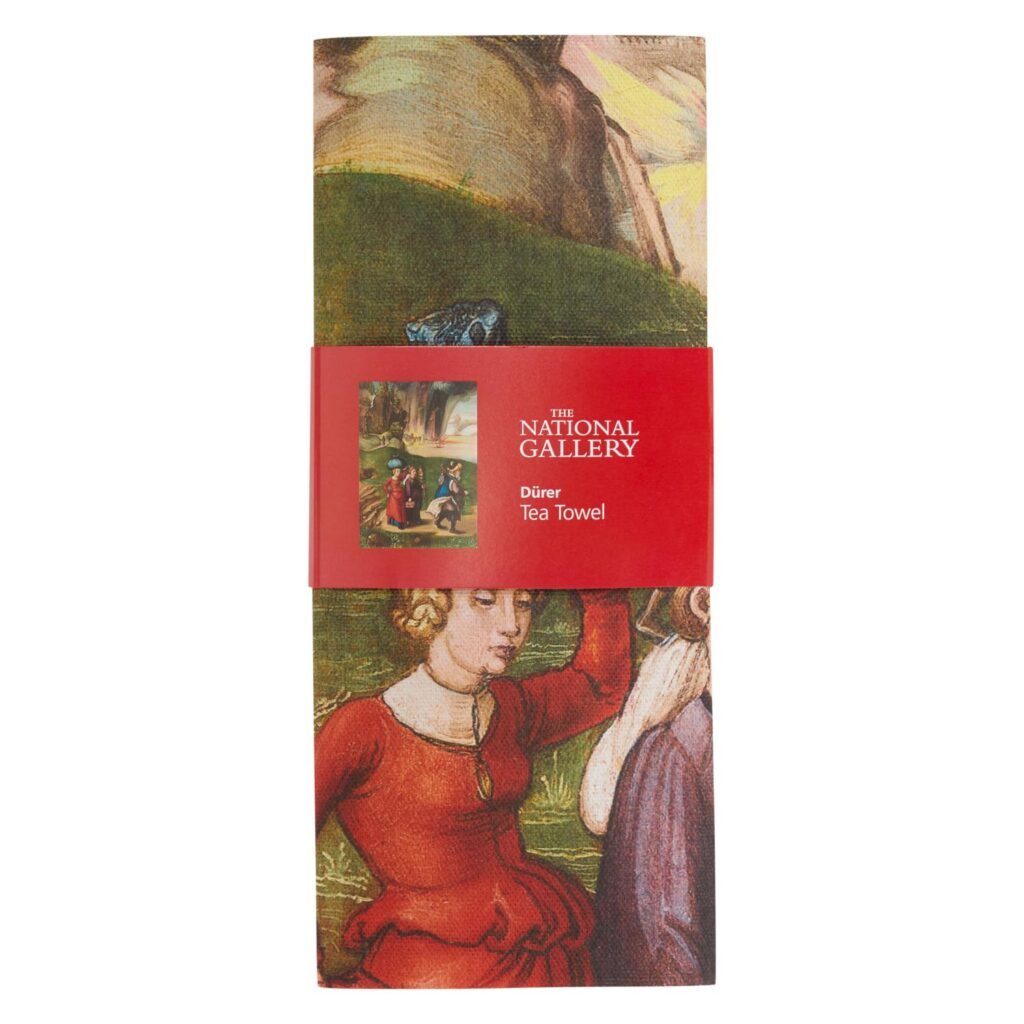
In consideration of those who might have acquired an AD FO (D1) already, AF DO (D3.38) will be available separately. Each Facsimile Object is accompanied by a full-scale, certificate of authenticity handmade in India ink on Arches. ADFO(D1) certificates will be distinct from those produced last spring, as a treat.
If the National Gallery actually does close to slow the spread of COVID, these Facsimile Objects will be available only until it reopens, or until, like with the Vermeers, it becomes official that the show will not reopen. If the National Gallery and its partner Credit Suisse don’t do anything, and just take their couple of days off during Christmas break, I will probably end this futile folly when that becomes clear, either on January 27th, or January 2nd. What a world.
2 January UPDATE: Turns out making shiny facsimiles of paintings or parts of paintings available is not enough to defeat the omicron surge. If only I’d sent them to every house in the UK instead. Or even to every Credit Suisse client.



